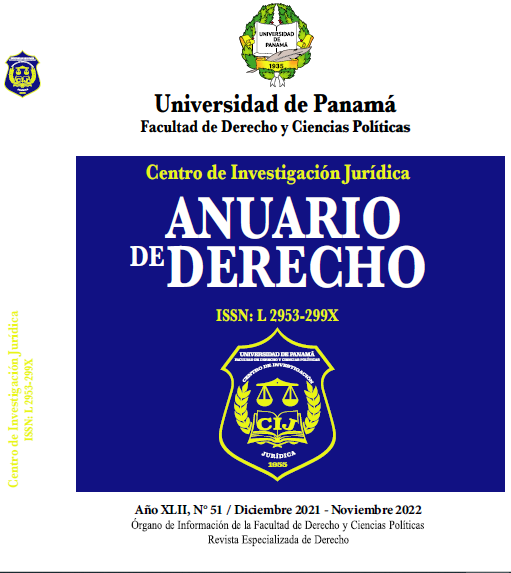

Derechos de autor 2023 Anuario de Derecho

Esta obra está bajo una licencia internacional Creative Commons Atribución-NoComercial-CompartirIgual 4.0.
La responsabilidad civil es consecuencia de la existencia del daño y esta abarca una serie de ideas dirigidas a las afectaciones percibidas por la víctima. Para situarnos ante un daño resarcible, la doctrina ha desarrollado sus requisitos y lo ha clasificado en dos grandes categorías (material y moral) con la finalidad de facilitar su estudio como concepto singular y unitario: daño.
No se puede obviar que las modernas corrientes de la responsabilidad civil, tienen un enfoque basado en la reparación integral. Para ello el juzgador debe reconocer la mayor cantidad de daños probados en juicio, con base en el principio procesal de congruencia y el principio iura novit curia (el juez conoce el derecho), para que el resarcimiento sea lo más completo y perfecto posible. De esta manera, sin obviar lo pedido y probado en juicio, se afina la justicia en el derecho de daños.